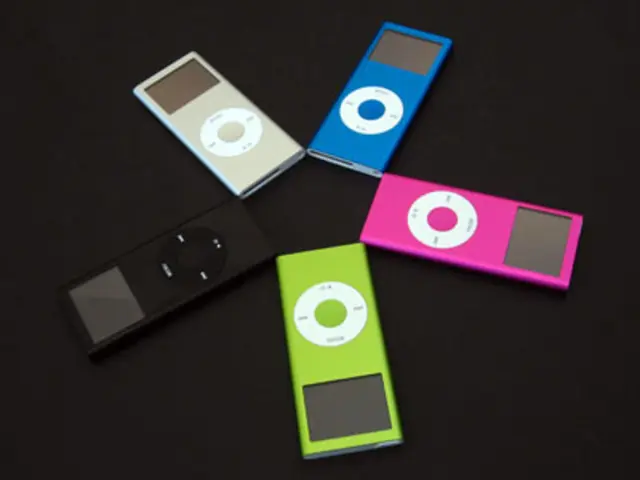Revamped Spatial Personas in Apple Vision Pro no Longer Seem Subpar
In the realm of cutting-edge technology, Apple's Vision Pro and its latest software update, visionOS 26, continue to captivate tech enthusiasts. However, the high price tag of $3,500 has been a point of contention, with some finding it hard to justify the investment compared to more affordable options like the Quest 3S or Quest 3.
At the recent WWDC 2025, Apple unveiled visionOS 26, showcasing its commitment to spatial computing. The software update brings new features such as spatial Personas, widgets anchored into physical space, and a novel spatial web browsing feature.
The spatial Personas, a 3D-generated avatar for use during FaceTime or virtual meetings, have undergone a significant transformation in visionOS 26. The new Persona engine delivers a dramatically more natural, expressive, and detailed avatar experience. Key improvements include volumetric rendering and advanced machine learning techniques, which enhance the realism and expressivity of Personas, producing sharper and more life-like representations.
One of the most notable advancements is the rendering of full side profiles, addressing the previous limitation where Personas looked flat or cardboard-like from angles other than straight on. This includes highly accurate details such as hair, eyelashes, and complexion. Users can also spatially preview their Persona during setup and choose from over 1,000 glasses variations, offering greater personalization.
Despite these improvements, there are still some imperfections, such as crookedness in clothing. However, Apple's efforts to make spatial Personas more realistic and lifelike are evident, as they now show more natural facial movements when smiling and laughing.
The Vision Pro demo also featured various widgets, including clocks, calendars, a Lady Gaga poster, and a #shotoniPhone panorama of Japan's Mount Fuji. These objects appeared as real objects due to the higher resolution of Vision Pro's displays and their ability to stay anchored.
Another exciting feature of visionOS 26 is the new spatial browsing in Safari. It converts 2D photos into 3D ones with depth, known as "spatial scenes," and allows viewing from different angles. The software can play native 180-degree and 360-degree videos from Insta360, GoPro, and Canon cameras without conversion.
While there was no demo for using PlayStation VR2 Sense controllers to play games in Vision Pro, the writer expects to try this feature at a later date.
In conclusion, the improvements made to the spatial Personas in visionOS 26 make them feel far more natural and familiar, significantly boosting the immersive experience unique to Apple Vision Pro users. Despite the high price, the writer finds it impressive on a technological level. Apple's continued focus on refining the spatial Personas and making them more accessible is a promising step towards democratizing spatial computing.
- Gizmodo's latest tech article discusses the advancements in Apple's visionOS 26, particularly the improvements in spatial Personas, which are now more natural, expressive, and lifelike, thanks to volumetric rendering and machine learning techniques.
- In the realm of smart-home devices and tech gadgets, the Vision Pro's spatial browsing in Safari stands out, enabling users to view photos and videos in 3D from different angles, transforming 2D content into spatial scenes.
- As for the future of technology, the technology blog TechCrunch recently highlighted the potential of Apple's visionOS 26, suggesting that its spatially anchored widgets, like the Lady Gaga poster and the #shotoniPhone panorama of Mount Fuji, could revolutionize the way we interact with digital content in our smart-home devices.








